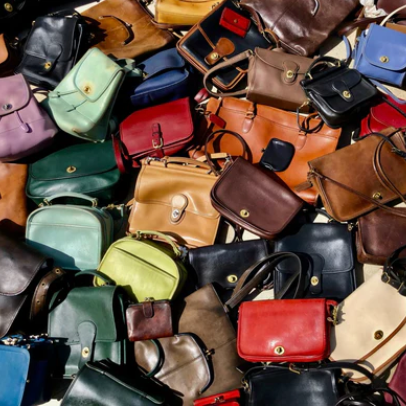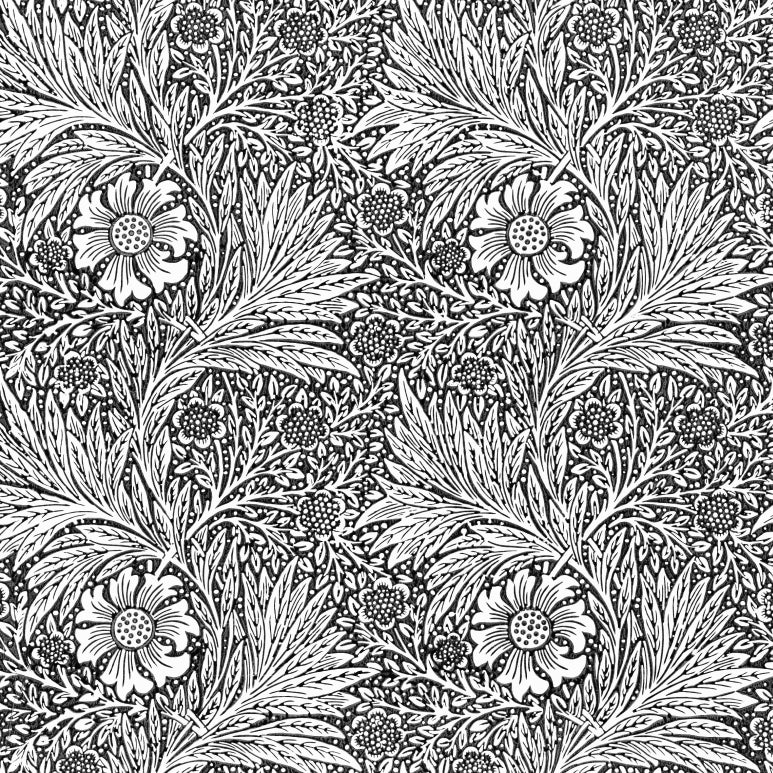









Native American Pawn? What does it mean?
Navajo Pawn Jewelry
So, what is "Navajo Pawn" anyway?
Here's the thing...For generations, the Navajo People, The Dine', used the reservation pawn shop or trader the same way that the urban dwellers use a safe deposit box. A safe place to keep the valuable family jewelry. Silversmithing is not a "historical" form of art for the Native American culture such as pottery making or weaving of rugs and blankets. Silver jewelry has always been a form of money.
It is almost impossible to know if a piece was owned by, worn by and pawned by a Native American. The word "pawn" is traditionally used to distinguish Good, heavy pieces that may have been owned by a Native American from lighter weight pieces that were made for the tourist trade.
Here is a photograph of privately owned verified genuine Indian pawn:
How do you know what is genuine pawn and what is not? If you do not want to drive to the reservation to buy from the pawn shop and you do not know Navajo people who will sell you old family jewelry, you are going to have to trust the sellers that you buy from.
With pawn you may be lucky enough to find a piece with the pawn ticket attached. That is a rare find. And do be aware that there are fake pawn tickets. There is a seller in Southern California that does Native American arts auctions and he places fake pawn tickets that he made on all of his pieces. I see his jewelry resold as the real thing.
Look for provenance, which is also a rare thing. A piece may be pawn, found at an estate, but most dealers do not think to ask for the story on the piece or information is not available.
It looks old, but it's not pawn. Is it tourist jewelry? Is tourist jewelry valuable? Of course it is. Old tourist jewelry is highly collected and is very valuable. Here's the two concho belts. One is pawn, one is not.
The belt on the bottom is pawn. I bought it from a Navajo/Apache man. It is a family piece that he had stored in a shoebox in his workshop. The conchos have seen a couple of belts over the years and it has been in the pawn shop many times. The conchos are thick and heavy. The belt weighs a couple of pounds. It has no pawn ticket, but it has provenance.
The difference between tourist jewelry and pawn is that tourist jewelry was made to be sold to tourists. It is lighter in weight for the most part, to keep the price down. Pawn was made for, owned by, worn by and pawned by Native American people.
The certificate of authenticity or COA, means nothing. Anyone can print one. Look for real pawn tickets, but know that they are a rarity. Ask questions and work with knowledgeable dealers.
Also know that just about 1975 there was a huge buying craze of Native American jewelry in the USA. It was the "Beanie Babies" style craze of the 1970's. Indian jewelry was being made as fast as possible, mines were being mined like crazy and fakes were also being made in great quantities. There is nothing wrong with 1970's Indian jewelry, but it is often sold as pawn. And the fakes, well, that's a subject for another guide.










Leave a comment